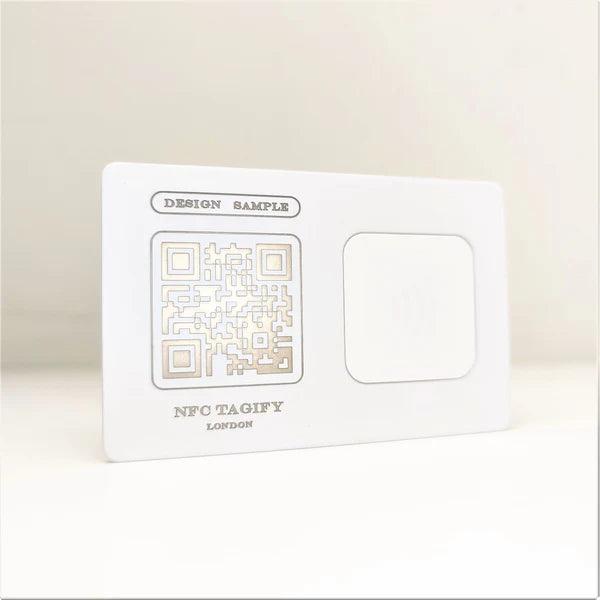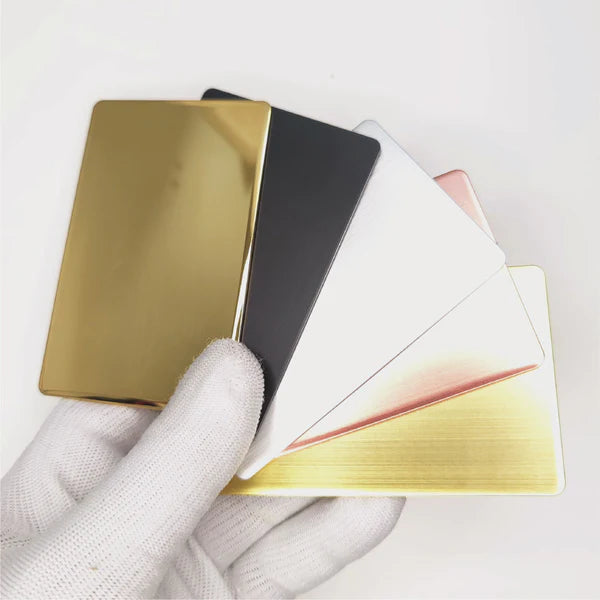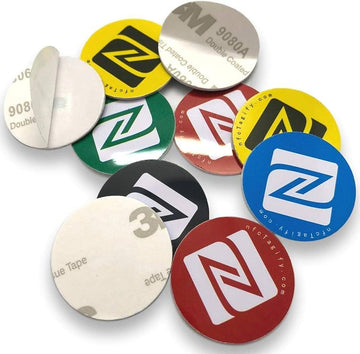How to Choose NFC Chips for Your Metal Cards

Contents
In a world gradually veering towards contactless interactions, NFC (Near Field Communication) technology is at the forefront, especially when integrated into metal cards. However, choosing the right NFC chip for your metal card is a crucial decision. This article explores the factors to consider when making this choice and the variety of NFC chips available at NFC Tagify for your metal cards.
A Glimpse into NFC Technology: NFC, a branch of RFID technology, allows for seamless communication between devices, making tasks like sharing digital business cards swift and hassle-free.

Understanding the Types of NFC Chips: NFC chips come in five main types, each with distinct features such as:
- Configurability
- Memory capacity
- Security
- Data retention
- Write endurance
These features vary across different NFC chip types, making some more suited for metal cards than others.
Selecting NFC Chips for Metal Cards: When choosing an NFC chip for your metal card, consider the following:
- Usage Purpose: Determine the primary use of the metal card – whether it's for business cards, access control, or other purposes.
- Memory Capacity: Choose a chip with a memory capacity that meets your data storage needs.
- Security Features: If security is a concern, opt for chips with robust security features.
- Compatibility: Ensure the chip is compatible with metal and the reading devices.
Popular NFC Chips for Metal Cards: Some popular choices include:
- NTAG 216: With a storage capacity of 888 bytes, it's ideal for customised digital business cards.
- MIFARE DESFire: A Type 4 chip, suitable for access control and known for its security features.
- MIFARE Classic and MIFARE Plus: These are Type 5 chips great for access control, with the Plus version offering enhanced security.
NFC Chips at NFC Tagify: At NFC Tagify, you'll find a range of NFC chips suitable for metal cards. Our products adhere to quality and security standards, ensuring a reliable and secure NFC experience.
Conclusion: Choosing the right NFC chip for your metal card is pivotal to leverage the full potential of NFC technology. Explore the extensive range of NFC chips at NFC Tagify and select the one that aligns with your requirements, ensuring a seamless, secure, and convenient contactless interaction.









